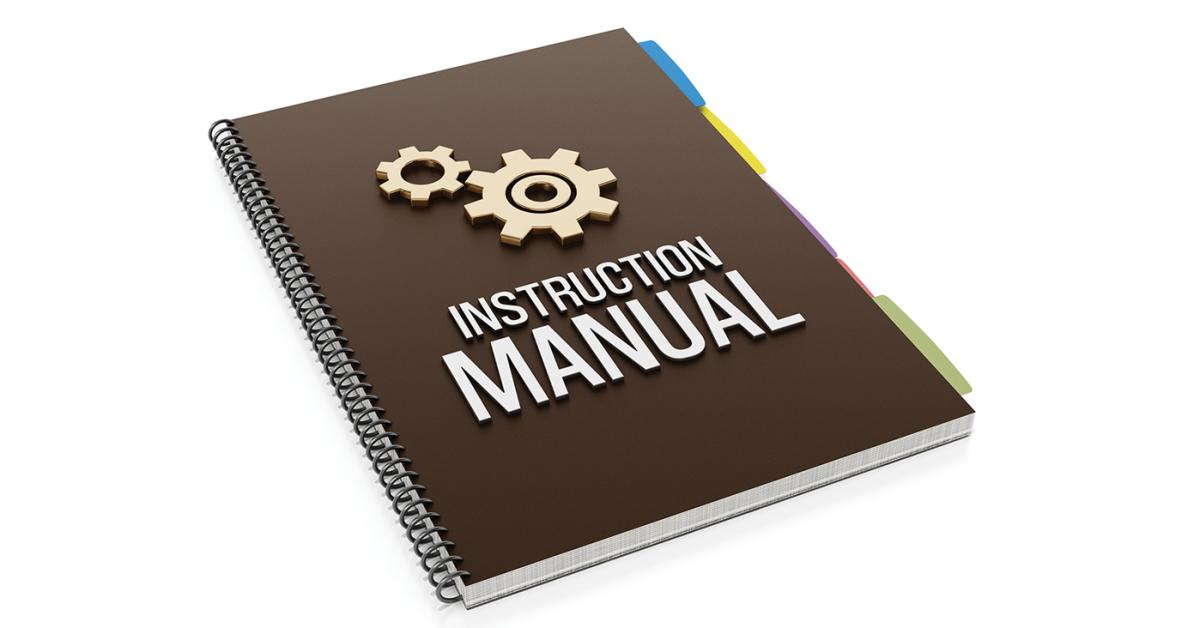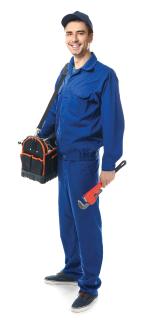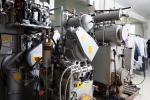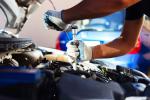CHICAGO — When drycleaning plants and stores get new equipment, it can be exciting, but if steps aren’t taken before installation day, problems can occur that will rob the company of the new equipment’s potential.
In Part 1 of this series, we looked at questions cleaners should ask manufacturers, along with steps they can take to ensure as smooth an installation as possible. In Part 2, we examined steps cleaners should take to make sure their staff is ready for the change. Today, we’ll conclude by exploring how best to take care of new equipment and make sure it’s being put to its best use.
The Care of New Equipment
Cleaners and operators should also know if the new machine’s maintenance requirements differ from that of the equipment being replaced.
“Newer machines have a lot more technology, and just keeping the machine clean can make a huge difference,” says Matt Lipman, sales representative for Union Drycleaning Products. “As an example, most drycleaning and washing machines today come with power inverters, and every inverter has a fan on it. If you let that fan get covered in lint, it’s going to overheat and burn out. Keeping a machine clean is a good start to having good maintenance, because new machines are more susceptible to dirt, dust and lint than the older machines were.”
New machines do offer some maintenance advantages over older equipment, says Wesley Nelson, president of Sankosha USA.
“Basic maintenance probably isn’t that much different than it was with the older machines,” he says, “but with newer technology, a lot of the air cylinders and the pneumatic systems don’t require constant oil as they did in the past. There was an oiler in the airline. Newer equipment, for the most part, doesn’t need an oiler. So actually, the maintenance is often a lot simpler with newer equipment.”
When it comes to preventative maintenance, there’s never a better time to ask about it than on day one.
“I recommend that the best time to set up a maintenance schedule is during the installation and training process, while the manufacturer is available,” Lipman says. “Go over all the maintenance: what you have to do daily, weekly, monthly, semiannually and annually. If somebody there really understands the machine, hopefully they will maintain it and make it last even longer than the machine that we’re replacing.”
“There’s a maintenance section of the manual,” Nelson says, “and we go over that with the operator, but also try to get the owner involved, as well as any maintenance personnel on-site.”
Getting — and Staying — Up to Speed
It’s important for cleaners to track machine performance, Nelson says, to make sure they’re using it to its greatest benefit.
“I look at two different things,” he says. “One would be the pieces per hour, the PPH, and watch how it changes from when the machine was first integrated, and then a week later, a month later, two months later, and make sure that the basic guidelines or goals are being met.
“And then, it’s important to see what their touch-up rates are — maybe some adjustments need to be made, either to the machine or to the way the operator’s using the machine.”
One of the most valuable resources available to dry cleaners contemplating a new equipment purchase, or getting tips on getting the most out of a machine once installed, is other cleaners.
“When I talk to a customer about new equipment, if they have questions, I often suggest that they talk to another operator — someone who’s got the same piece of equipment,” Lipman says. “If I’m talking to somebody in Texas, I might give them a reference in Tennessee, someone who wouldn’t be competition but has a similar business. If they clean a certain type of garment, for example, how well would this machine do that type of garment? Is it going to integrate well with their entire process?”
This peer-to-peer interaction can be invaluable, he says: “Sometimes, if they were able to talk to somebody who’s got the same identical process, then they’re much more comfortable with the integration. It certainly doesn’t hurt if they want to go put their hands on a machine before they buy it.”
For Part 1 of this series, click HERE. For Part 2, click HERE.
Have a question or comment? E-mail our editor Dave Davis at [email protected].























